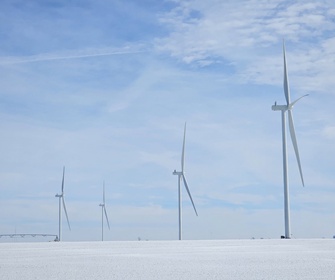A new TNO (the Netherlands) study reveals that offshore wind will not be profitable in all cases. Using several scenarios, TNO investigated the feasibility of offshore wind energy in 2030 in the Netherlands. Using models, two scenarios for the Dutch electricity system and their economic risks were developed. One scenario assumes a low electrification of industry, while another assumes high electrification.
In the first scenario, the researchers assumed low electrification in 2030 based on the Klimaat- en Energieverkenning 2021 (‘Climate and Energy Exploration 2021’) and the Climate Agreement. This scenario does not have a tangible goal for industrial electrification on the demand side; on the supply side, the entire planned 21.5 GW of offshore wind energy is utilised. The study reveals that offshore wind energy will not be profitable in 2030 under these conditions. The surplus supply in the energy market will, even after taking export into account, result in a 13% curtailment of offshore wind energy production, meaning the total capacity of wind energy will not be used entirely. TNO calculated that the business case will only be positive 30% of the time for providers of offshore wind energy.
In the study, TNO offers recommendations to arrive at a feasible business case. The offshore wind sector must look at other types of business models by seeking collaboration with industry. By combining investments and creating direct agreements regarding the delivery of electricity by means of Power Purchase Agreements (PPAs), the effective yield of such an integrated business model could increase by between 5 and 33%.
The second scenario assumed the implementation of proposed European policies (the Renewable Energy Directive II (RED II) and the Fit for 55 package), which set out clear goals for industrial electrification. Offshore wind appears to be profitable in this high-electrification scenario. In this scenario, the entire production capacity will be utilised. The market price will be financially attractive for the business case 80% of the time. Gas will remain needed at times of increased demand while no renewable sources are available.
To create an integrated business model that is beneficial to both the offshore wind sector and the industrial end users, a PPA is still recommended in this scenario. A PPA can help achieve the CO2 emission reduction targets and reduce the CO2 emissions of the energy sector. It could also help to buffer against fluctuating electricity prices, reducing strong fluctuations in the electricity market.








